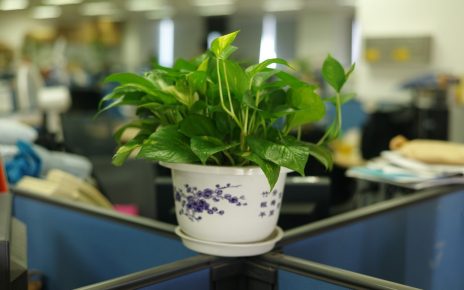Smooth and efficient material flow is essential in manufacturing and processing environments. Conveyor systems streamline operations by moving products and materials seamlessly between different stages of production. But how those materials transfer between conveyors could affect productivity, safety and operational efficiency. Choosing the right transfer method ensures smooth transitions and minimises interruptions.
Common Transfer Techniques Explained
The 90-Degree Transfer
A 90-degree transfer uses pop-up rollers to lift and move items perpendicularly from one conveyor to another. This method is particularly useful when re-routing products without halting flow. It is favoured in warehousing environments where maintaining product orientation is important.
The Parallel Line Transfer
When two conveyor lines run in close proximity, a parallel line transfer provides an efficient solution for moving items between them. Guide rails help direct products smoothly from one moving conveyor to the other, making it ideal for operations that involve sorting or merging items. This method is especially popular in systems designed to minimise manual handling.
The Nose Bar Tail Transfer
For handling small or fragile items, the nose bar tail method reduces the gap between conveyors using a narrow nose bar. This minimises the risk of jams and supports consistent, gentle movement. It’s often used in food processing or electronics manufacturing.
End-to-End Transfer
This straightforward method involves transferring products directly from the end of one conveyor to the start of another. It works best when handling uniform items and maintaining short gaps between conveyors. Larger or unstable items may not suit this method due to potential tipping or loss of alignment.
Powered and Assisted Options
Dead Plates and Assisted Transfers
Dead plates are static metal plates that bridge conveyor gaps, allowing items to slide across. While simple and cost-effective, they work best with flat, rigid products. For heavier or irregularly shaped items, assisted transfers such as a vacuum conveyor system, from a specialist such as https://www.aptech.uk.com/pneumatic-conveying-systems/vacuum-conveying-systems, or pneumatic arms, provide active support by moving products smoothly between conveyors.
Powered Transfers
In systems requiring automation, powered transfers use motorised rollers between conveyors to actively manage movement. These units enhance speed control and improve integration with other automated systems.



